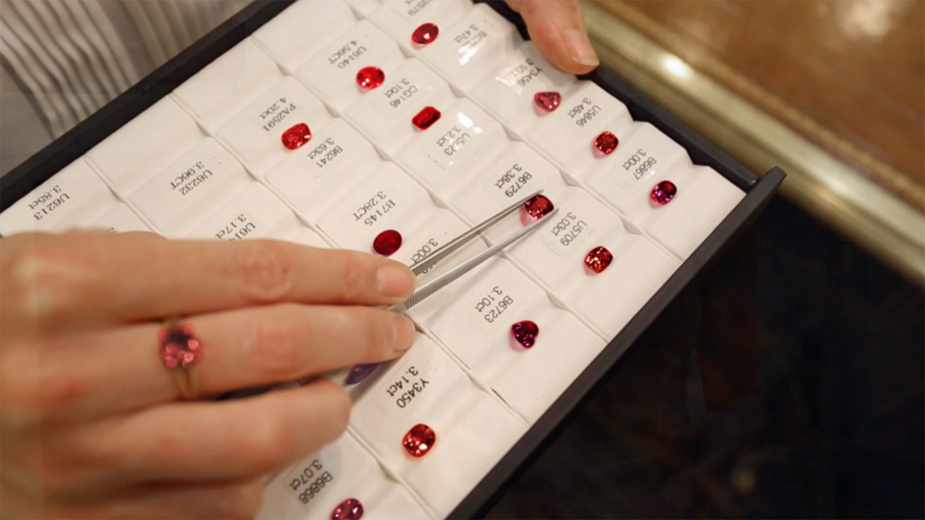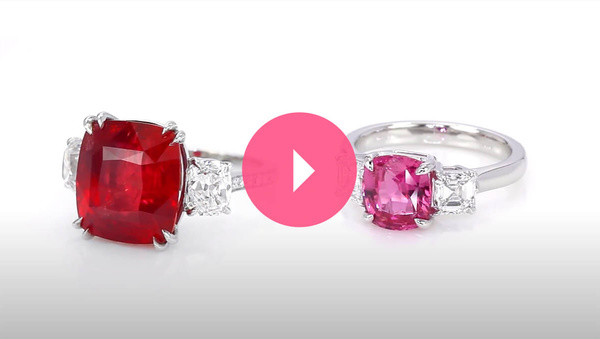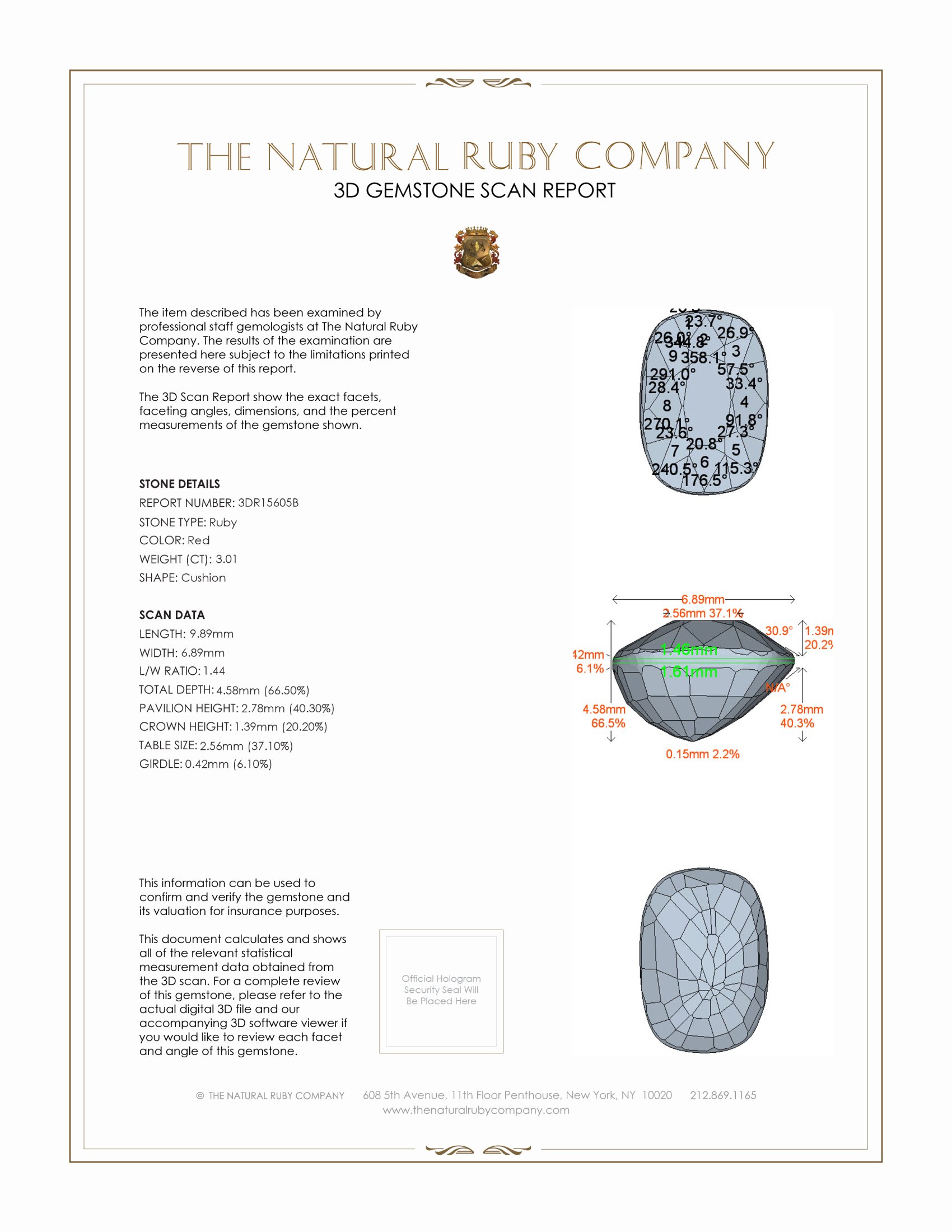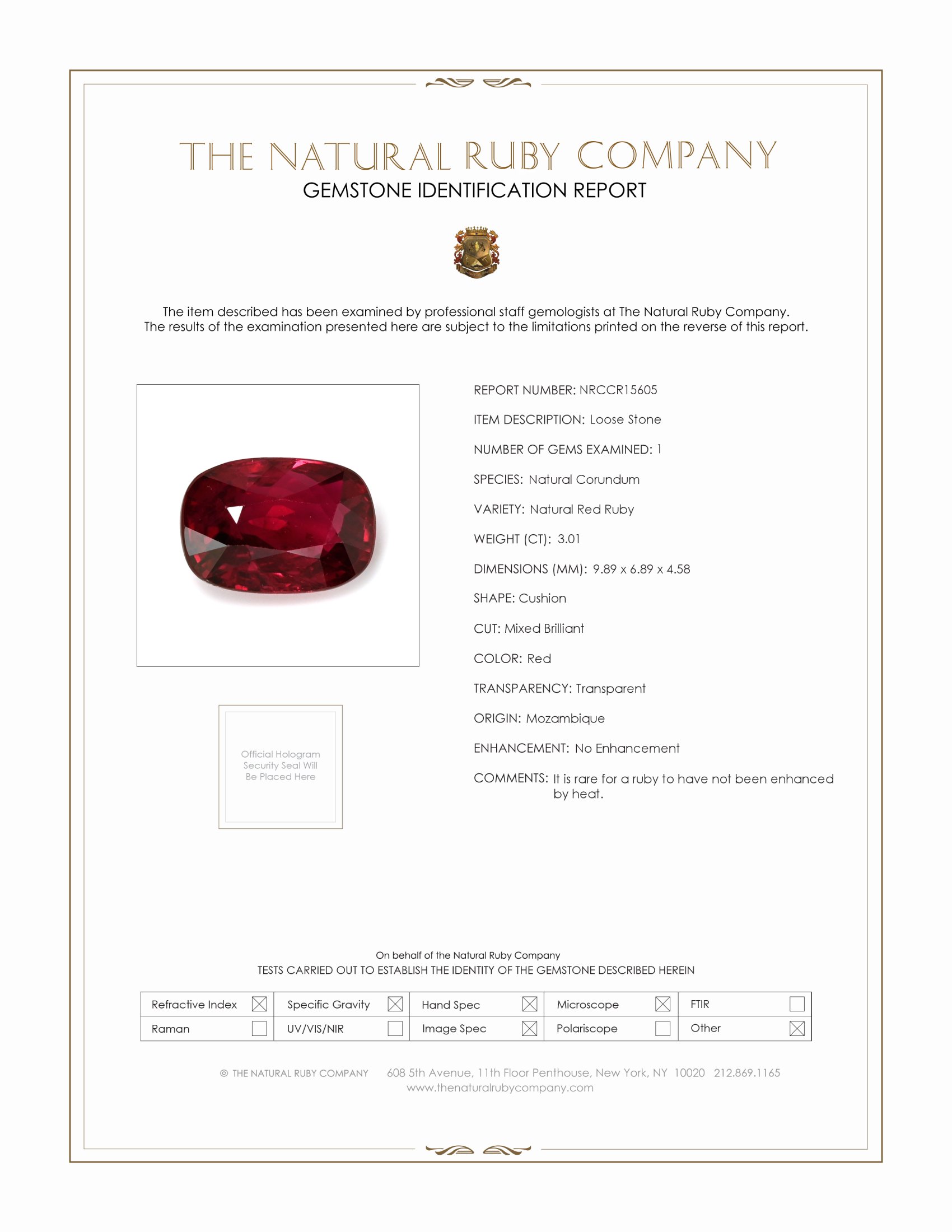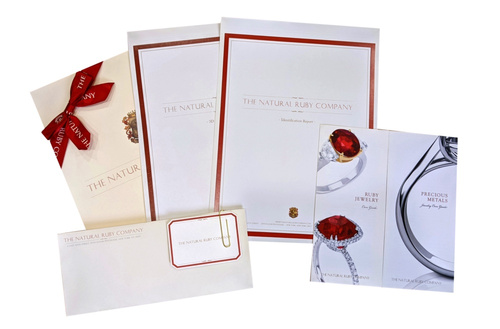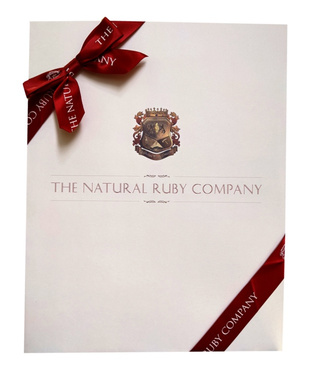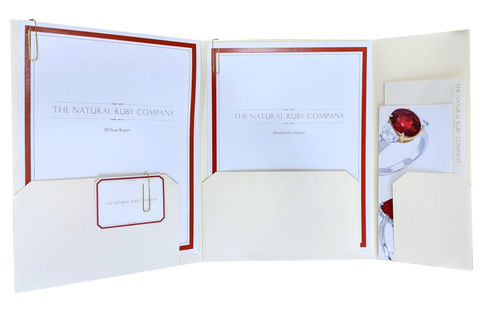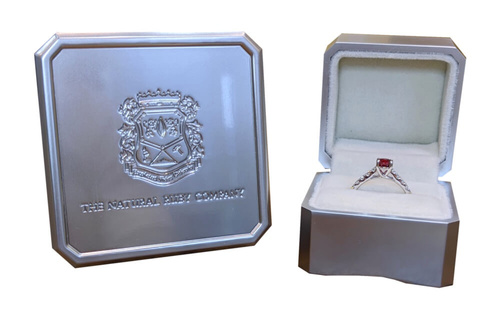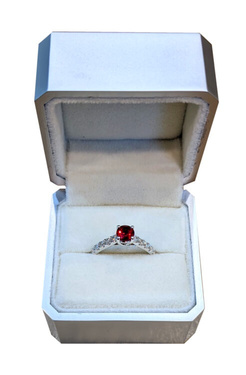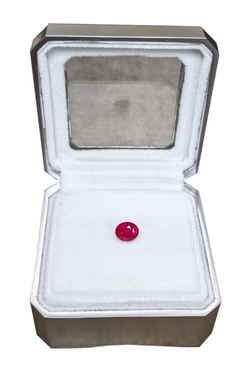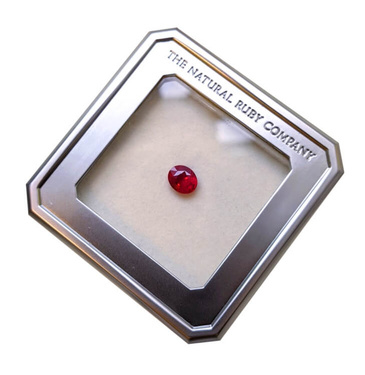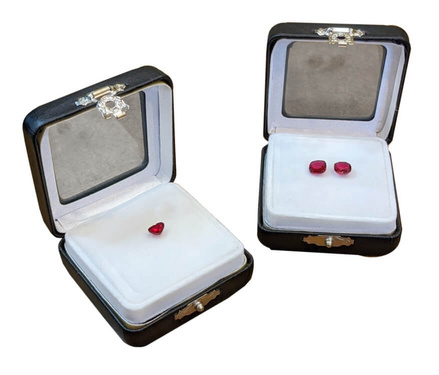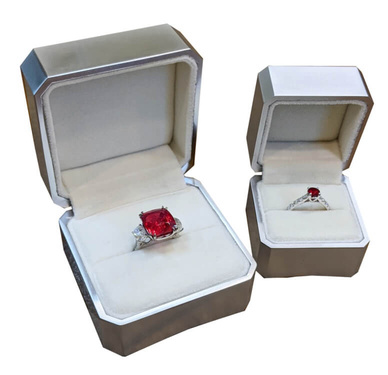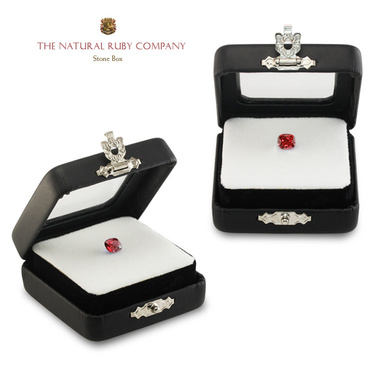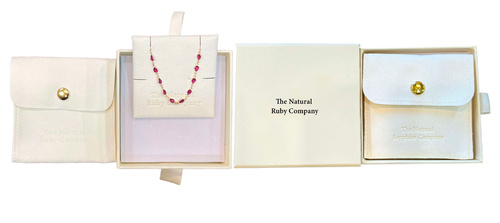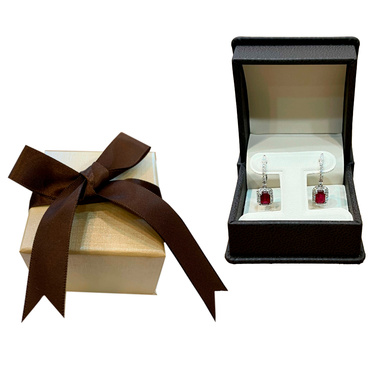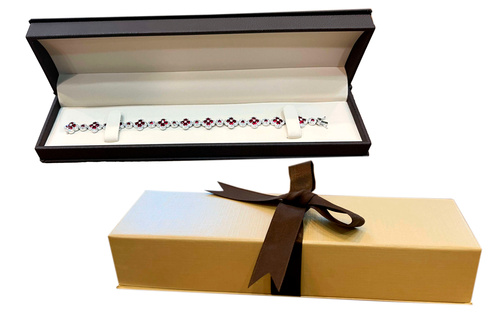- Stone11
- Reports3
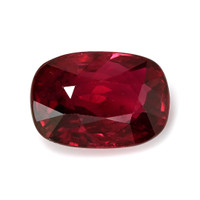

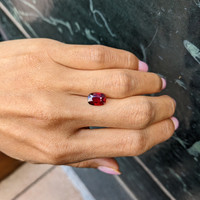
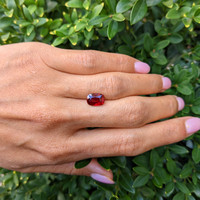
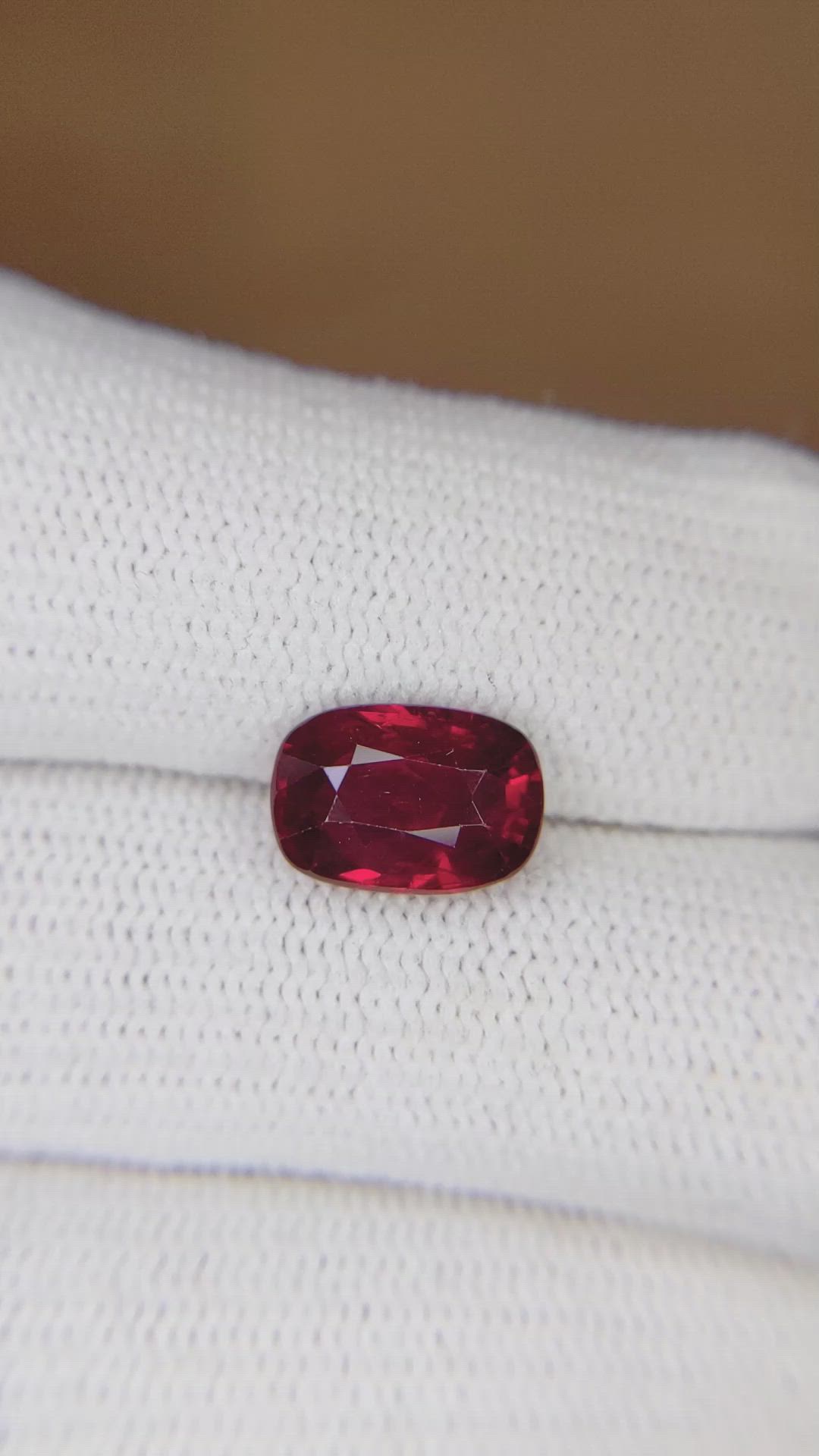
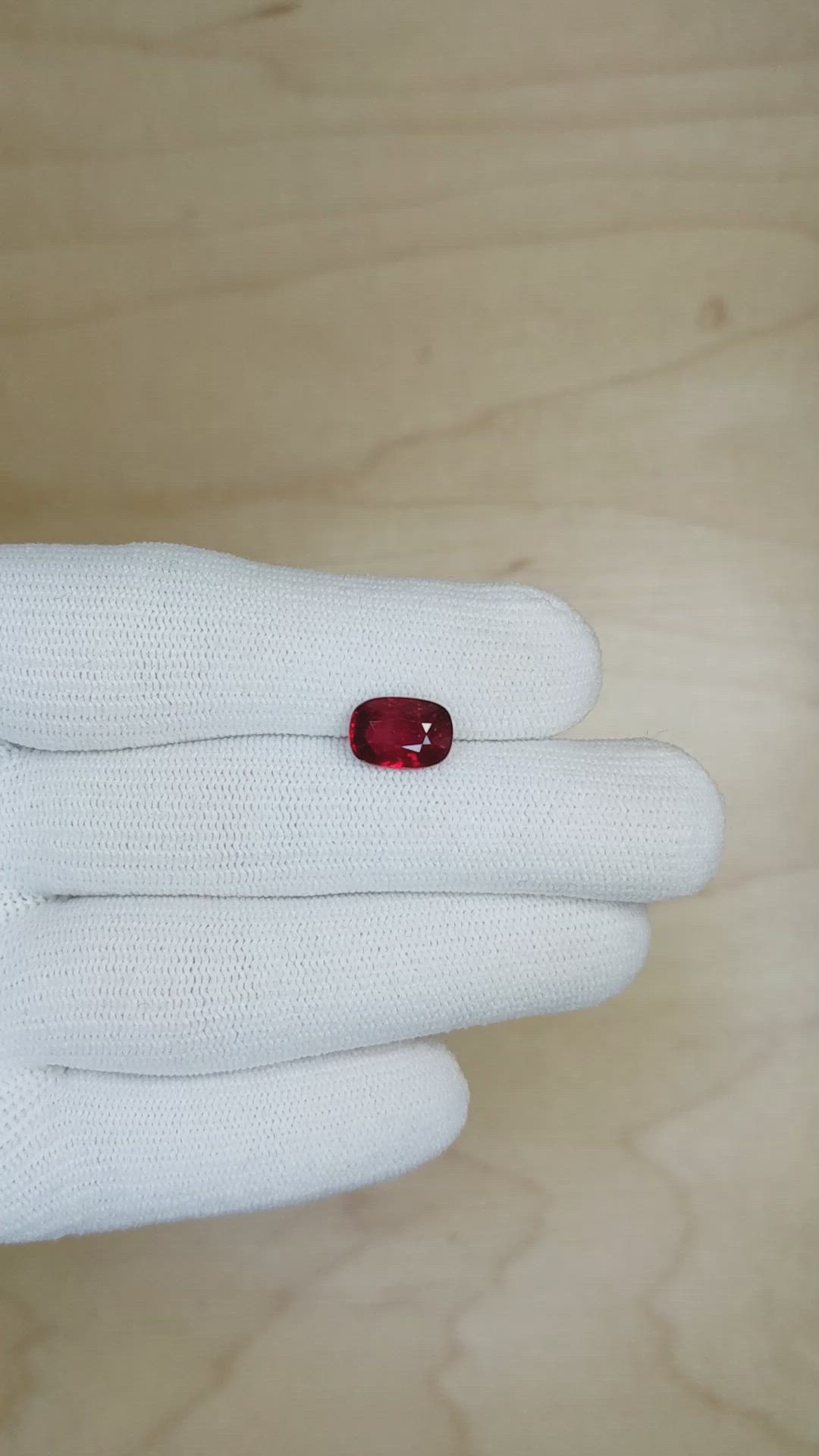
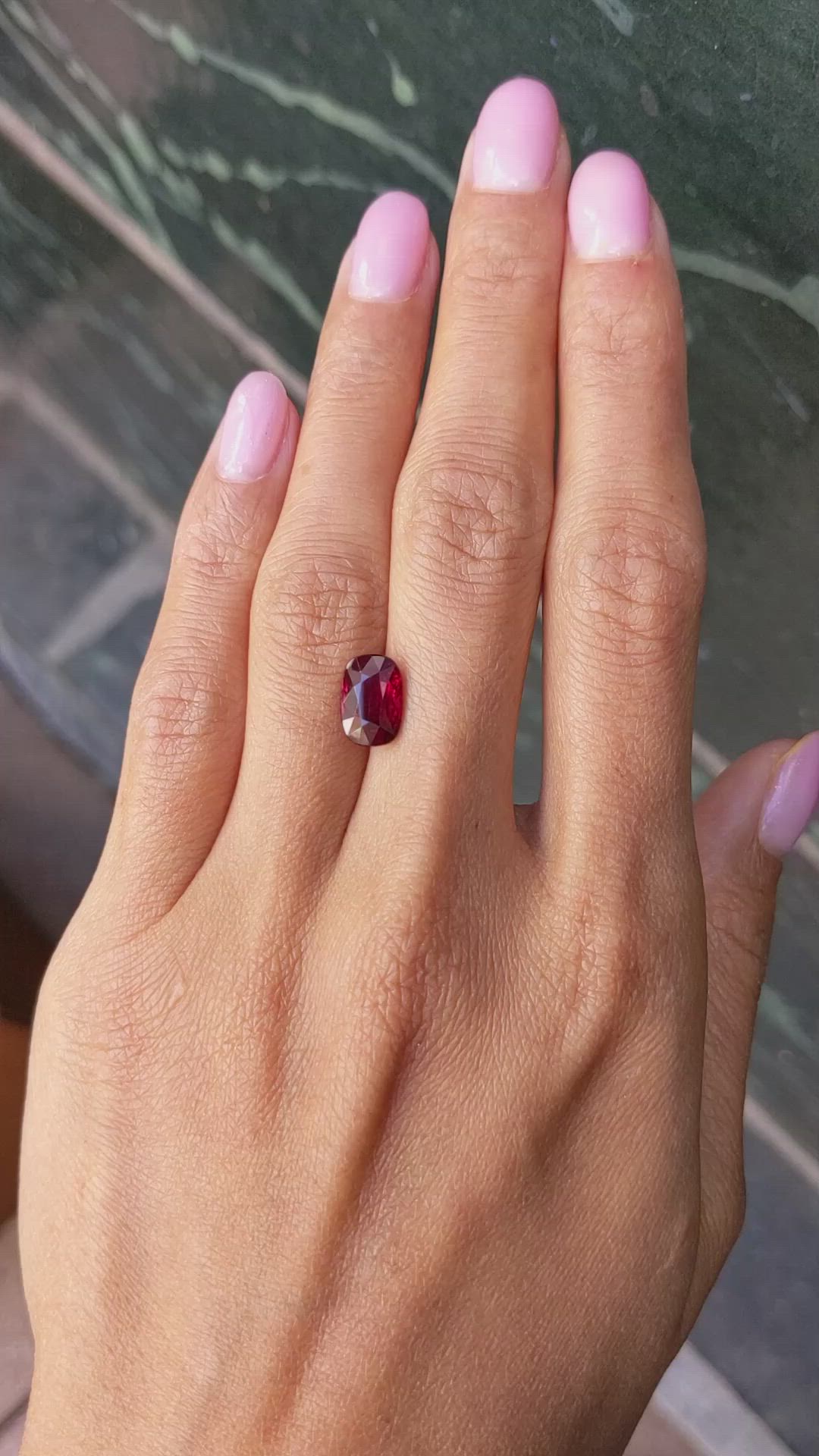

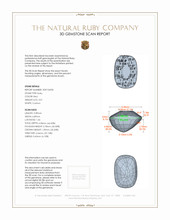
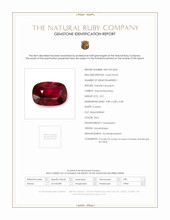
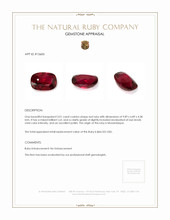
3.01 Ct. Ruby from Mozambique
This loose stone is available to ship now
Item ID: | R15605 |
|---|---|
Dimensions (MM): help | Length: 9.89 Width: 6.89 Height: 4.58 |
Weight: | 3.01 Ct. |
Color: help | Red |
Color intensity: help | Vivid |
Clarity: help | Slightly Included |
Shape: help | Cushion |
Cut: | Mixed Brilliant |
Cutting style: | Faceted |
Enhancements: help | No Enhancement |
Origin: help | Mozambique |
Per carat price: help | $14,725 |
This transparent 3.01 carat cushion shaped ruby measures 9.89 x 6.89 x 4.58 mm and exemplifies the precision and provenance collectors seek. The gem is a classic cushion profile, whose gently rounded corners and slightly domed pavilion preserve weight while providing an expansive table for light transmission. Cut to a mixed brilliant scheme, the pavilion and crown work together to produce strong internal reflections, and the overall symmetry and excellent polish are immediately apparent in loupe and naked eye inspection. Clarity is assessed as slightly included at eye level, which for this stone means natural internal features are present but do not materially obstruct the gem s overall transparency or diminish its vivid color intensity. No enhancement has been applied, a characteristic that substantiates both the natural origin and the gemological value. Origin is Mozambique, a reputable source known for producing richly saturated rubies, and this specimen carries the signature saturation and tone that collectors and connoisseurs identify with that region.
The faceting architecture is purposeful and technically disciplined. The mixed brilliant cut integrates a faceted crown with a modified brilliant pavilion, a configuration chosen to maximize return of red wavelengths while managing light leakage common in deeper stones. On this piece, facet junctions are executed with clean intersection lines and consistent angles, which is reflected in the uniformity of scintillation across the table. The crown facet array favors a balance between large main facets to deliver broad flash and smaller star and upper girdle facets to create lively pinpoint scintillation. The pavilion facet geometry has been adjusted to the stone s depth to maintain optimal escape angles, thereby enhancing apparent brilliance without overexposing the table to dark windows. Excellent polish across both crown and pavilion facets ensures minimal surface diffusion, so incident light is transmitted and reflected with clarity rather than scatter, preserving the ruby s visual vitality in a range of lighting conditions.
Color performance is one of this ruby s most compelling attributes. Evaluated as vivid intensity, the hue sits squarely in the red spectrum with strong saturation and a medium to slightly dark tone that enhances depth without appearing muddy. Under diffused daylight the gem exhibits the characteristic velvety red that collectors prize, while in direct indoor illumination it reveals a warmer, slightly more tomato red aspect, a behavior typical of high quality natural rubies. Because the stone is unheated and untreated, the color originates from trace chromium within the corundum lattice, and the distribution is effectively even across the table with negligible zoning. The cushion shape and mixed brilliant faceting promote an even color presentation by breaking incident light into multiple returning rays, which helps to avoid localized color windows often seen in less thoughtfully cut stones. For buyers who prioritize natural, untreated color saturation, this Mozambique ruby represents an excellent balance of intensity and depth.
Clarity considerations for this stone are pragmatic and nuanced. Slightly included at eye level indicates the presence of internal features that are visible to an observant viewer without magnification, yet these inclusions do not substantially impair transparency or the stone s capacity to transmit light. The internal structures are typical of natural corundum, consisting of fine crystals and needle like rutile formations that, in this specimen, contribute more to a textural character than to optical obstruction. When set in jewelry, these inclusions are readily masked by certain mounting designs if desired, while they simultaneously provide gemologists and informed collectors with reliable evidence of natural origin and the absence of filling or glass treatments. The combination of transparency and natural inclusions often yields a sense of depth and complexity in the stone, allowing light to refract and reflect off internal planes in ways that enhance three dimensionality rather than detract from it.
When comparing reflective qualities to other gemstones in its category, this ruby demonstrates the optical strengths of corundum. Corundum s refractive index, typically in the range of 1.76 to 1.77, produces strong light return and lively internal reflections when contrasted with spinel, which has a lower refractive index around 1.71 to 1.72. The slightly higher refractive index of ruby yields stronger apparent brilliance and a denser visual soak of color. Dispersion in corundum is modest compared with diamond, but that relative lack of spectral fire is compensated by saturated body color and vivid internal flashes that are more about color contrast than rainbow flashes. Compared specifically to garnet species common in the red category, this ruby shows a deeper saturated red with superior transparency and crisper facet reflections owing to corundum s crystalline structure and higher luster. The mixed brilliant cutting style of this stone further enhances its reflective behavior, producing a mix of broad flashes and pinpoint scintillation that is more dynamic than what is typically achieved with traditional step cuts in colored stones. At The Natural Ruby Company we emphasize how cut, polish, and natural optical properties combine to produce a ruby whose reflective qualities stand apart from other red gemstones, delivering both the saturated color and the dynamic light performance that discerning buyers expect.

